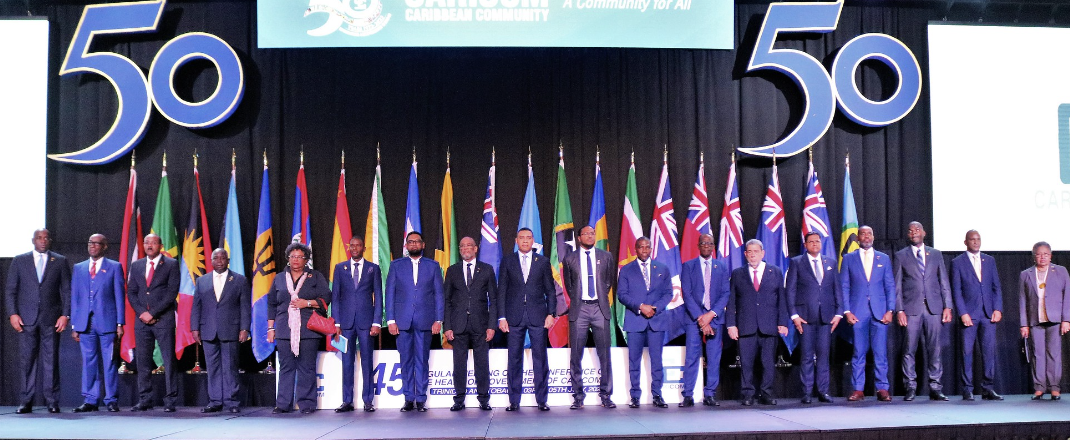The rate of violent deaths in Caricom member states is almost three times the global average. So says Dawne J Spicer, executive director of the Caribbean Financial Action Task Force in Trinidad and Tobago (CFATF).
Given that the majority of illicit firearms entering the Caribbean are coming from the United States, Caricom countries should stand with Mexico on the issue. Spicer was a panellist at a webinar on Thursday, hosted by The University of the West Indies (The UWI), in collaboration with The Institute of International Relations, the Caribbean Policy Consortium and the American Bar Association (BAR), Criminal Justice Section, which focused on the theme “Taking the profit out of illicit trafficking of firearms in Latin America and the Caribbean”.
He said, that given that the majority of illicit firearms entering the Caribbean are coming from the United States, Caricom countries should stand with Mexico on the issue.
Earlier this year in March, Mexico filed an appeal in a civil lawsuit against US-based gun manufacturers, looking to crack down on the trafficking of weapons to powerful drug cartels. Prime Minister Dr. Keith Rowley also stated that Caricom was also looking at options to hold gun manufacturers accountable. A US judge last September dismissed the US$10 billion lawsuit seeking to hold US gun makers responsible for facilitating the trafficking of deadly weapons across the border.
During the forum, Spicer highlighted key findings which noted that the rate of violent deaths in Caricom member states is almost three times the global average. He cited “Case study research in the Bahamas, Barbados and Jamaica reveals that firearm-related violence imposes significant public health and economic burdens on Caribbean communities and societies,”
Another key finding in the report is that legal civilian firearm ownership is tightly regulated in the region, which is a very good thing, so it makes it a bit easier to understand what is illicit in the region because the legitimate firearms are so closely monitored through legislation. The fourth key finding based on seizure is that the vast majority of illicit firearms circulating in the Caribbean are handguns.
Spicer said most of the arms and ammunition confiscated, mainly in Jamaica and The Bahamas, have come from the US.
“The fifth key finding is that the US domestic market is a major source of illicit firearms and ammunition in the Caribbean, and it’s likely the largest source in some states and territories,”.

